The Best User Experience Design Portfolio Websites is an online showcase of a UX designer’s skills and experience. It typically includes a selection of the designer’s best work, along with case studies that explain the design process and the impact of the work. UX design portfolio websites are essential for UX designers who are looking for new jobs or clients. They are also a valuable tool for UX designers who want to stay up-to-date on the latest trends and best practices.
Why a UX Design Portfolio Website Matters

A well-crafted UX The Best User Experience Design Portfolio Websites are more than just a collection of pretty images; they’re strategic tools that effectively communicate your design process, thought leadership, and ability to deliver impactful user experiences. It’s your chance to tell a compelling narrative about your journey as a UX designer, highlighting your successes and demonstrating your understanding of user-centered design principles.
Essential Elements of a Standout UX Design Portfolio Website

“Crafting a compelling UX design portfolio website requires a thoughtful blend of creativity and functionality. In this guide, we explore the essential elements that elevate a portfolio from ordinary to outstanding. From impactful visuals and user-friendly navigation to detailed case studies showcasing problem-solving skills, discover the key ingredients for creating a standout UX design portfolio that captivates and impresses potential employers or clients.”
Clarity and Purpose:
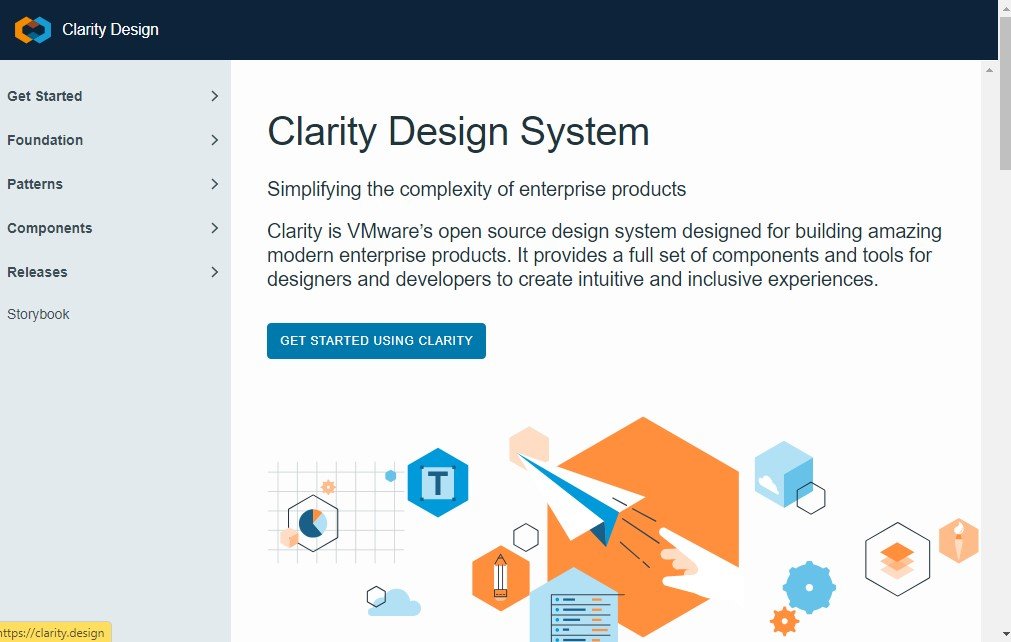
Your portfolio should clearly convey your expertise and design philosophy. From the moment a visitor lands on your site, they should have a clear understanding of what you do and the value you bring to the table.
Curating Your Work:
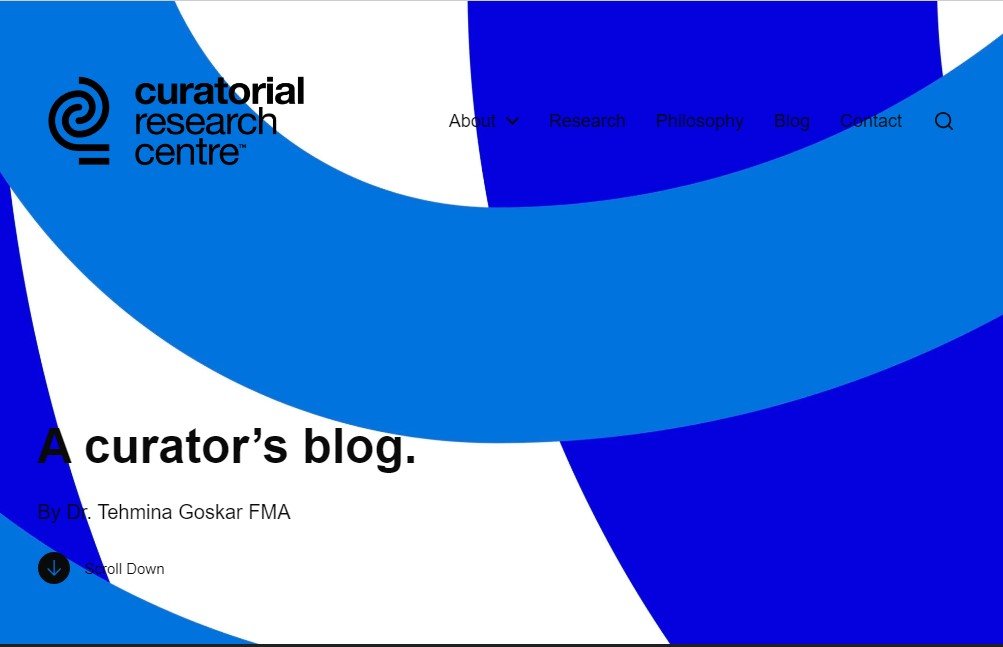
Carefully select your projects to showcase your range of skills and experience. Prioritize projects that demonstrate your ability to solve complex design challenges and deliver tangible results for users.
Compelling Storytelling:

Use case studies and project descriptions to tell the story behind your work. Highlight the user needs you addressed, the design decisions you made, and the positive impact your designs had on users.
Visual Appeal:
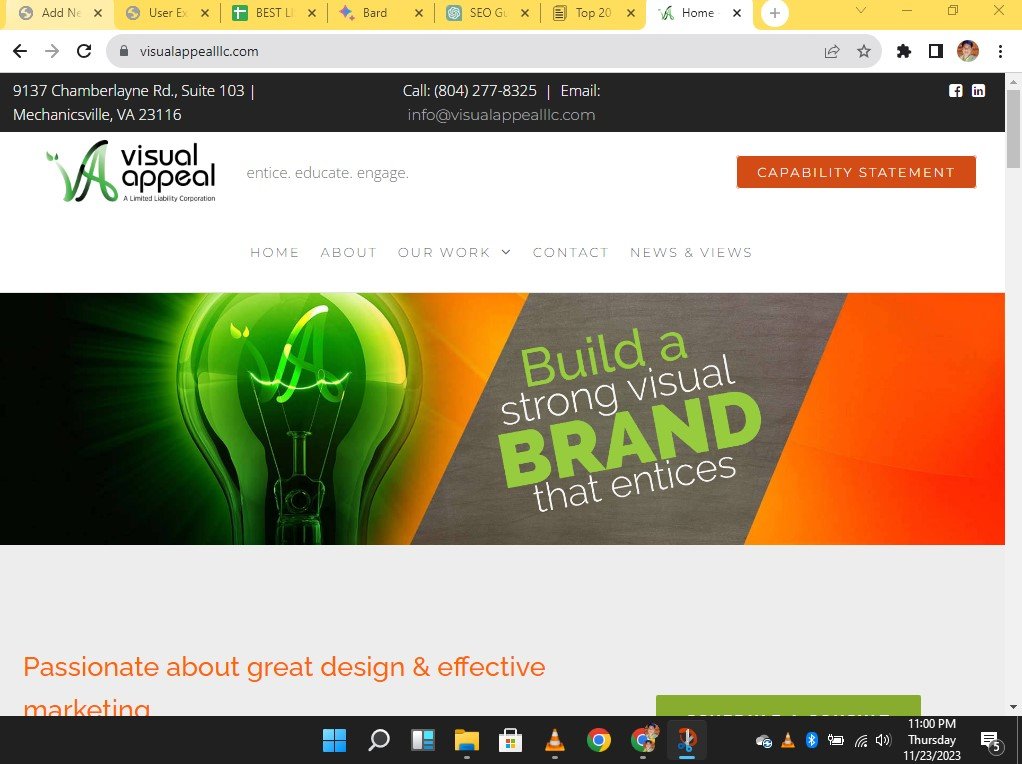
While aesthetics play a role, avoid over-the-top design elements that detract from your work. Maintain a clean and modern aesthetic that complements your design style and enhances the user experience.
Mobile Optimization:

Mobile optimization refers to the process of ensuring that a website or application is designed and functionally adapted to provide an optimal user experience on mobile devices, such as smartphones and tablets. This involves optimizing the site’s layout, content, and functionality to be easily accessible and usable on smaller screens and touch interfaces. With the increasing prevalence of mobile usage, mobile optimization is crucial for enhancing user satisfaction, improving search engine rankings, and ultimately driving better engagement and conversions. It encompasses various elements, including responsive design, fast loading times, and mobile-friendly navigation, all aimed at delivering a seamless and efficient experience for users accessing content on mobile devices.
Call to Action:
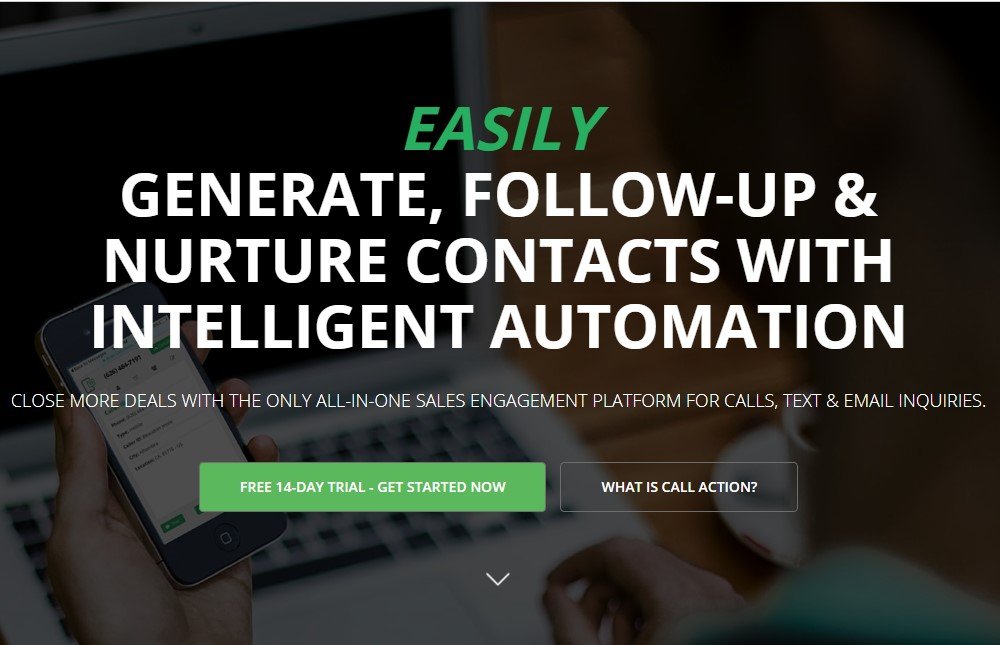
Join us on this journey of discovery! Ask questions, seek advice, or share your thoughts. Let’s make this conversation meaningful and enriching. Together, we can create a space where ideas flourish and connections thrive. Dive in and let the dialogue begin! 💬✨
Platforms for Creating a UX Design Portfolio Website
There are many platforms available for creating a UX design portfolio website. Each platform has its own strengths and weaknesses, so it is important to choose one that is right for your needs
Self-Hosting:
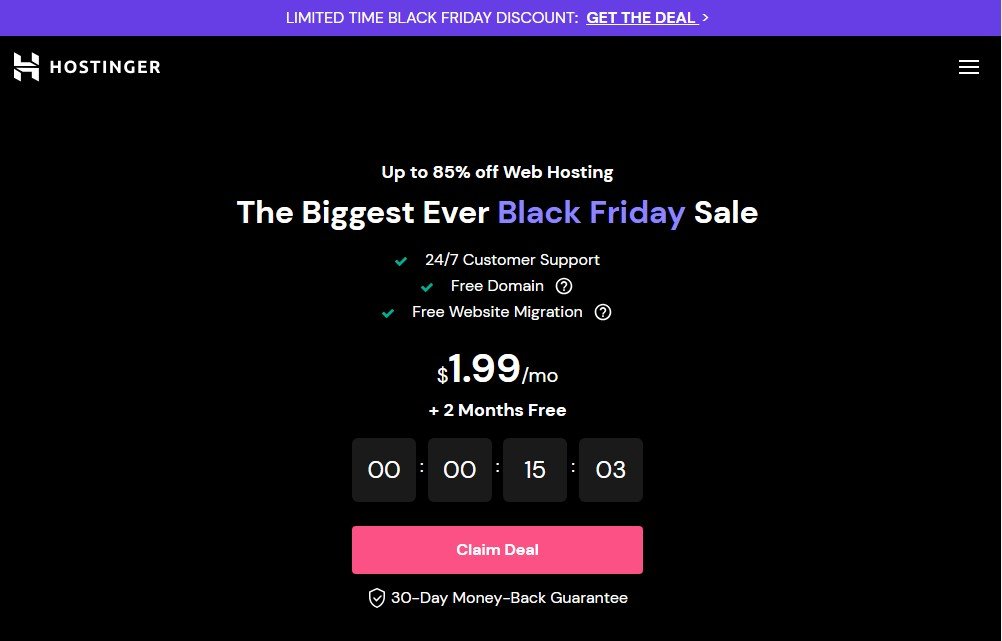
Self-hosting refers to the practice of running and managing your own servers and online services rather than relying on external providers. This approach provides individuals or organizations with greater control over their data, privacy, and the software they use. Self-hosting can include hosting websites, email servers, file storage, and various applications on infrastructure that the user owns or controls. While it offers autonomy, it also requires a good understanding of server management, security, and maintenance. Self-hosting has gained popularity as people seek alternatives to relying on large corporations for their online presence and services.
Portfolio Platforms:
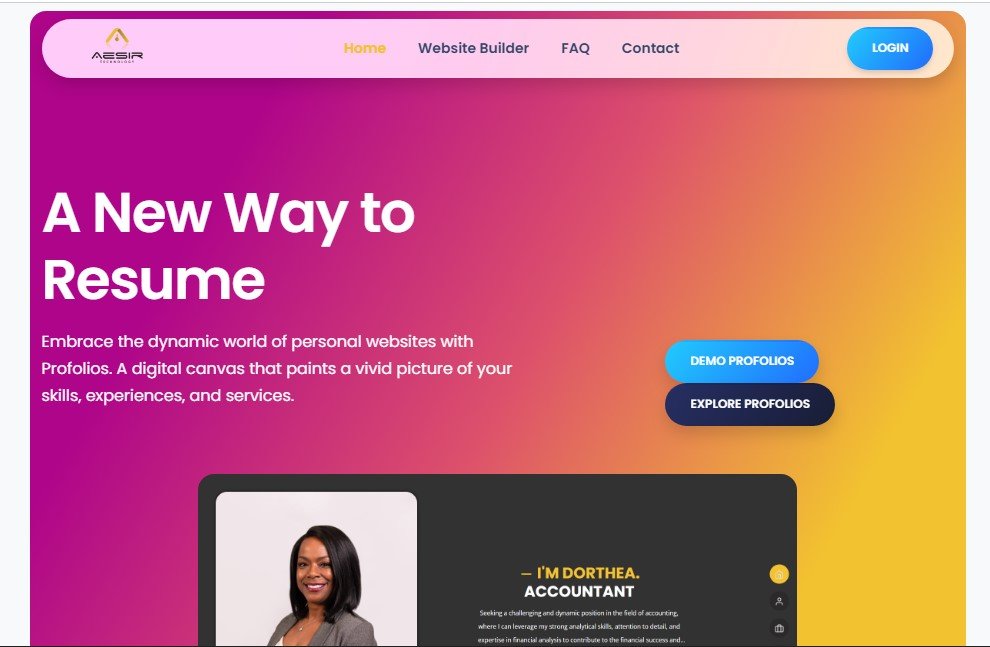
Portfolio platforms are online spaces designed to showcase and highlight an individual’s or a company’s work, achievements, and skills. These platforms serve as digital portfolios, allowing users to create a curated collection of their projects, artworks, or accomplishments. They are commonly used by professionals in various fields, including artists, designers, photographers, writers, and more, to present their expertise and build an online presence.
These platforms often provide customizable templates, easy-to-use interfaces, and tools for organizing and categorizing content. Users can typically include images, videos, descriptions, and other relevant details to effectively communicate the value of their work. Portfolio platforms play a crucial role in helping individuals and businesses establish their online identity, attract potential clients or employers, and network within their respective industries. Popular examples of portfolio platforms include Bedance, Dribble, LinkedIn, and many others.
Social media platforms:

Social media platforms have become integral components of our interconnected digital landscape, fostering global communication and information sharing. These online spaces provide users with diverse avenues to connect, engage, and express themselves. Popular platforms such as Facebook, Twitter, Instagram, and LinkedIn serve as virtual meeting grounds where individuals, businesses, and communities converge to share ideas, updates, and multimedia content. The dynamic nature of social media enables real-time interactions, shaping trends, sparking discussions, and influencing public discourse. As these platforms continue to evolve, they play pivotal roles in shaping societal narratives, promoting digital culture, and serving as powerful tools for communication and collaboration on a global scale.
Tips for Enhancing Your UX Design Portfolio Website

In today’s competitive job market, having a standout UX design portfolio website is crucial for landing your dream job. Your portfolio serves as a visual representation of your skills, experience, and problem-solving abilities, making it a powerful tool to impress potential employers.
Curating Compelling Case Studies:
Carefully select your best projects and present them as comprehensive case studies. Clearly outline the project’s goals, challenges, and design process, highlighting your user-centered approach and the positive impact of your work.
Storytelling Through Visuals:
Utilize high-quality visuals, such as screenshots, wireframes, and prototypes, to bring your designs to life. Employ storytelling techniques to guide viewers through your design journey, emphasizing your ability to translate user needs into effective solutions.
Demonstrating skills and tools:
Clearly showcase your proficiency in relevant UX design tools and methodologies. Include a dedicated section highlighting your expertise in user research, information architecture, interaction design, and usability testing.
Crafting a Personal Brand:
Establish a consistent visual identity that reflects your personality and design style. Use typography, color palettes, and imagery that align with your brand, creating a cohesive and memorable experience for potential employers.
Optimizing for Mobile Devices:
Ensure your portfolio website is optimized for viewing on various screen sizes and devices. This caters to a broader audience and demonstrates your understanding of mobile-first design principles.
Gathering feedback and iterating:
Seek feedback from experienced UX designers or potential employers to identify areas for improvement. Continuously refine and update your portfolio to reflect your growth and latest accomplishments.
Seek Feedback:
My purpose is to assist and engage in conversations on a wide range of topics. Whether you have questions, need information, or just want to chat, feel free to interact with me. Please keep in mind that, while I strive to provide accurate and helpful information, I may not always be perfect. I’m here to learn and improve, so your feedback is valuable. Let’s have a great conversation!”
Stay Updated:
Greetings! I’m Bard, a large language model from Google AI, trained on a massive dataset of text and code. I can generate text, translate languages, write different kinds of creative content, and answer your questions in an informative way
Promote Your Portfolio:
My portfolio showcases my diverse capabilities and versatility in various domains. It includes examples of my work in creative writing, translation, code generation, question answering, and more. I am constantly learning and evolving, and I am excited to see what I can accomplish in the future.
10: Crafting a Stellar User Experience Design Portfolio

In the competitive realm of The Best User Experience Design Portfolio Websites, showcasing your expertise and creative prowess is paramount to securing new opportunities and establishing yourself as a sought-after talent. Your UX portfolio website serves as your virtual calling card, a carefully curated representation of your skills, design philosophy, and problem-solving abilities.
1. Start with a strong introduction:
Begin your portfolio with a concise and compelling introduction. Clearly state your name, your role as a UX designer, and your primary areas of expertise. This section should provide a quick overview of who you are and what sets you apart.
2. Showcase diverse projects:
Include a variety of projects that demonstrate your versatility as a UX The Best User Experience Design Portfolio Websites. Highlight different aspects of your skills, such as user research, wireframing, prototyping, and usability testing. Aim for a mix of personal and professional projects to showcase your ability to tackle various challenges.
3. Describe Your Design Process:
For each project, provide a detailed breakdown of your design process. Explain the problem you were addressing, the research conducted, and the methods used to arrive at your solutions. This narrative helps potential employers understand your approach to problem-solving and decision-making.
4. Highlight Results and Impact:
Quantify the impact of your work whenever possible. If your designs led to improved user engagement, increased conversion rates, or positive user feedback, include these metrics. Tangible results provide evidence of your effectiveness as a UX designer.
5. Show Before-and-After Comparisons:
Visualize the transformation by including before-and-after snapshots of your projects. This helps viewers understand the problems you tackled and the improvements you made. Use annotations to explain the changes and the rationale behind them.
6. Include wireframes and prototypes:
Integrate wireframes and interactive prototypes into your portfolio to showcase the evolution of your designs. This allows viewers to see how your ideas progressed from concept to implementation. Be sure to include notes explaining key design decisions.
7. Demonstrate collaboration and communication skills:
Emphasize your ability to collaborate with cross-functional teams. Include examples of how you communicated with developers, product managers, and other stakeholders throughout the design process. Effective collaboration is crucial to delivering successful UX solutions.
8. Ensure a Consistent and Polished Presentation:
Maintain a consistent style throughout your portfolio. Use high-quality images, organized layouts, and a readable font. Pay attention to details, as this reflects your commitment to quality in your work.
9. Create an online portfolio:
Build a user-friendly, responsive website to host your portfolio. Ensure easy navigation and quick access to relevant information. Including your resume, contact information, and links to your social profiles can make it easier for potential employers to reach out.
10. Seek feedback and iterate.
Before finalizing your portfolio, share it with peers, mentors, or other professionals in the field. Constructive feedback can help you refine your presentation and address any blind spots you might have missed.
Crafting a stellar UX design portfolio is an ongoing process. Regularly update it with new projects and refine your presentation based on your evolving skills and experiences. A compelling portfolio not only showcases your past achievements but also demonstrates your potential as a valuable asset to future projects and teams.
FAQs
Your portfolio should showcase a variety of projects, emphasizing your design process, problem-solving skills, and the impact of your work on users.
Visual design is crucial. It creates a positive first impression and helps convey your design aesthetic. Make sure your portfolio reflects your visual storytelling skills.
Absolutely! Personal projects demonstrate your passion, creativity, and ability to work independently. They add a personal touch to your portfolio.
Quality over quantity. Include a mix of projects that showcase your versatility and depth as a designer. Aim for 6–8 well-documented projects.
Focus on storytelling, user-centric design, and showcasing the diversity of your projects. Add a personal touch to make your portfolio memorable.
Conclusion
Your (UX) The Best User Experience Design Portfolio Websites is an invaluable tool for showcasing your talent and establishing yourself in the ever-evolving world of user experience design. By carefully curating your work, crafting compelling narratives, and maintaining a user-friendly design, you can create a portfolio that effectively communicates your expertise and sets you apart from the competition. Remember, your portfolio is a dynamic representation of your growth as a UX designer, so keep refining and updating it as you embark on new projects and acquire new skills.
Thanks
Comments